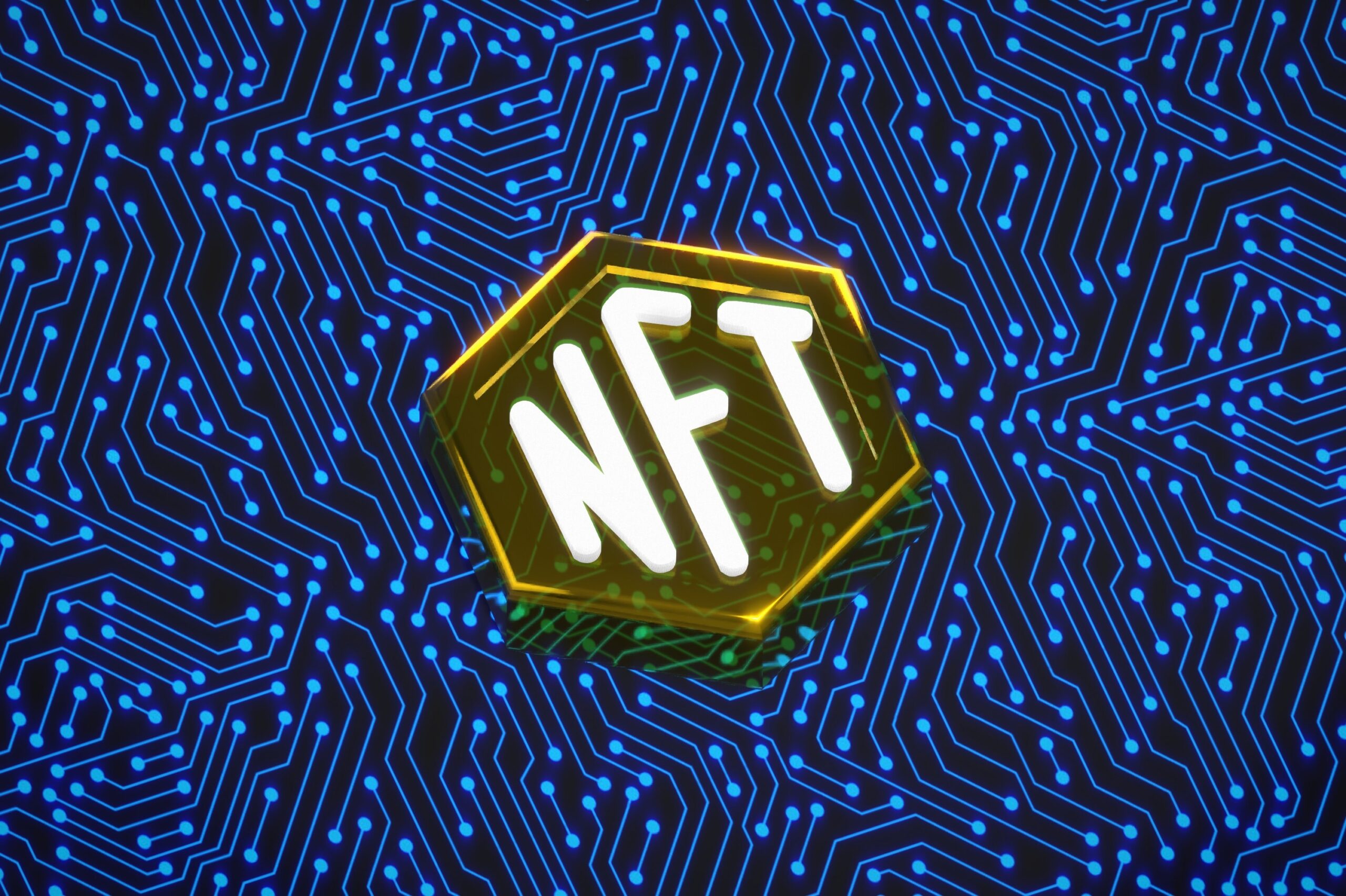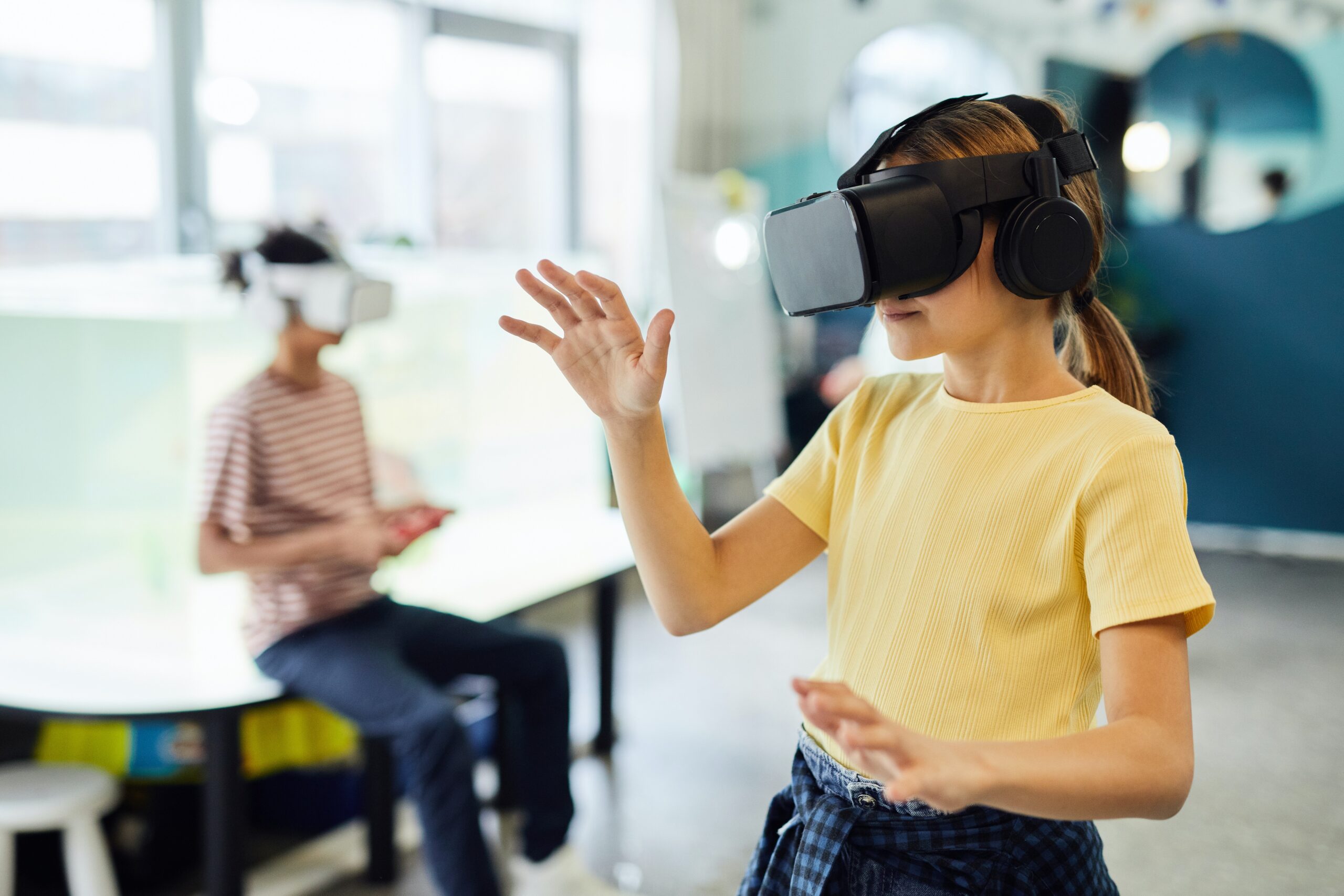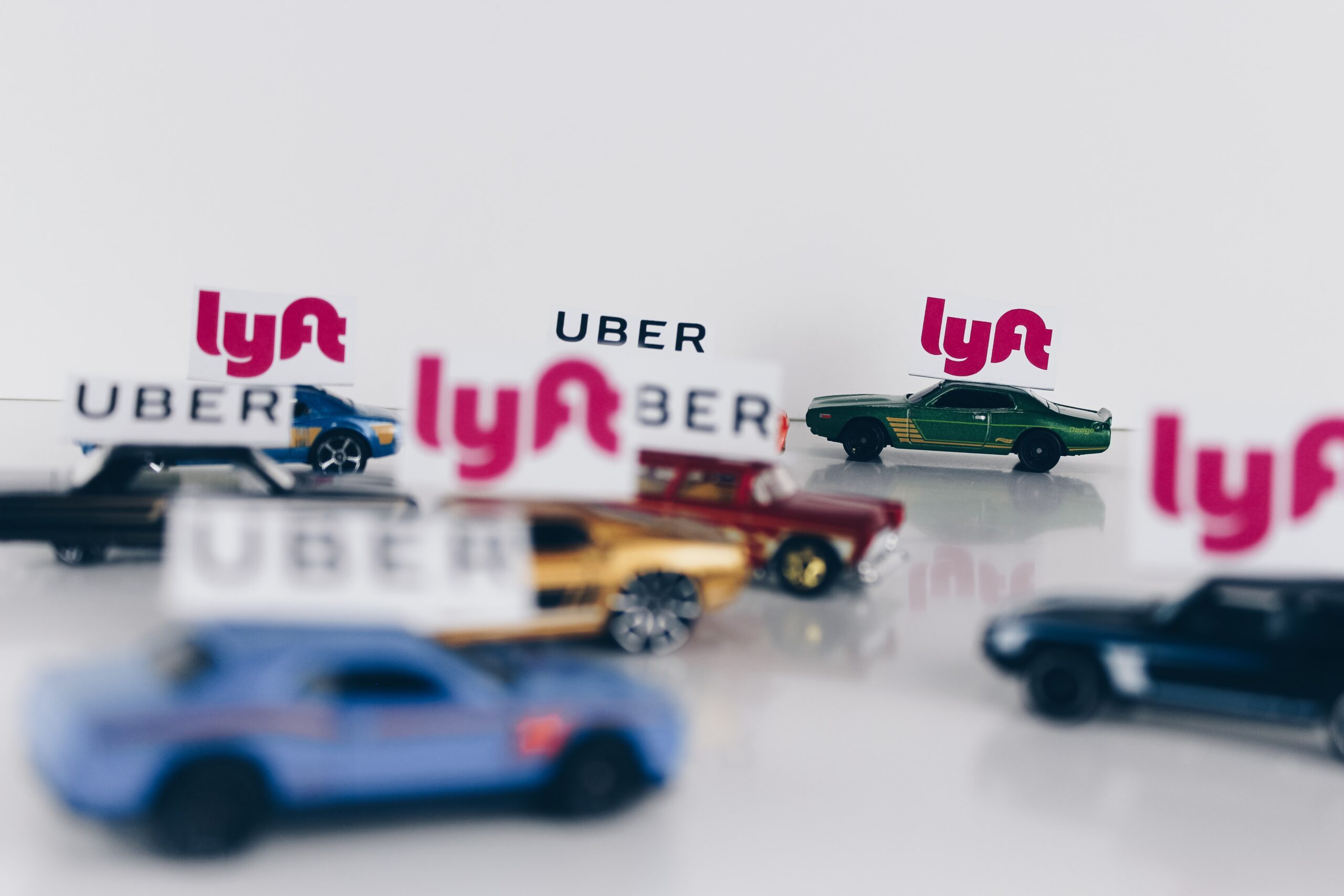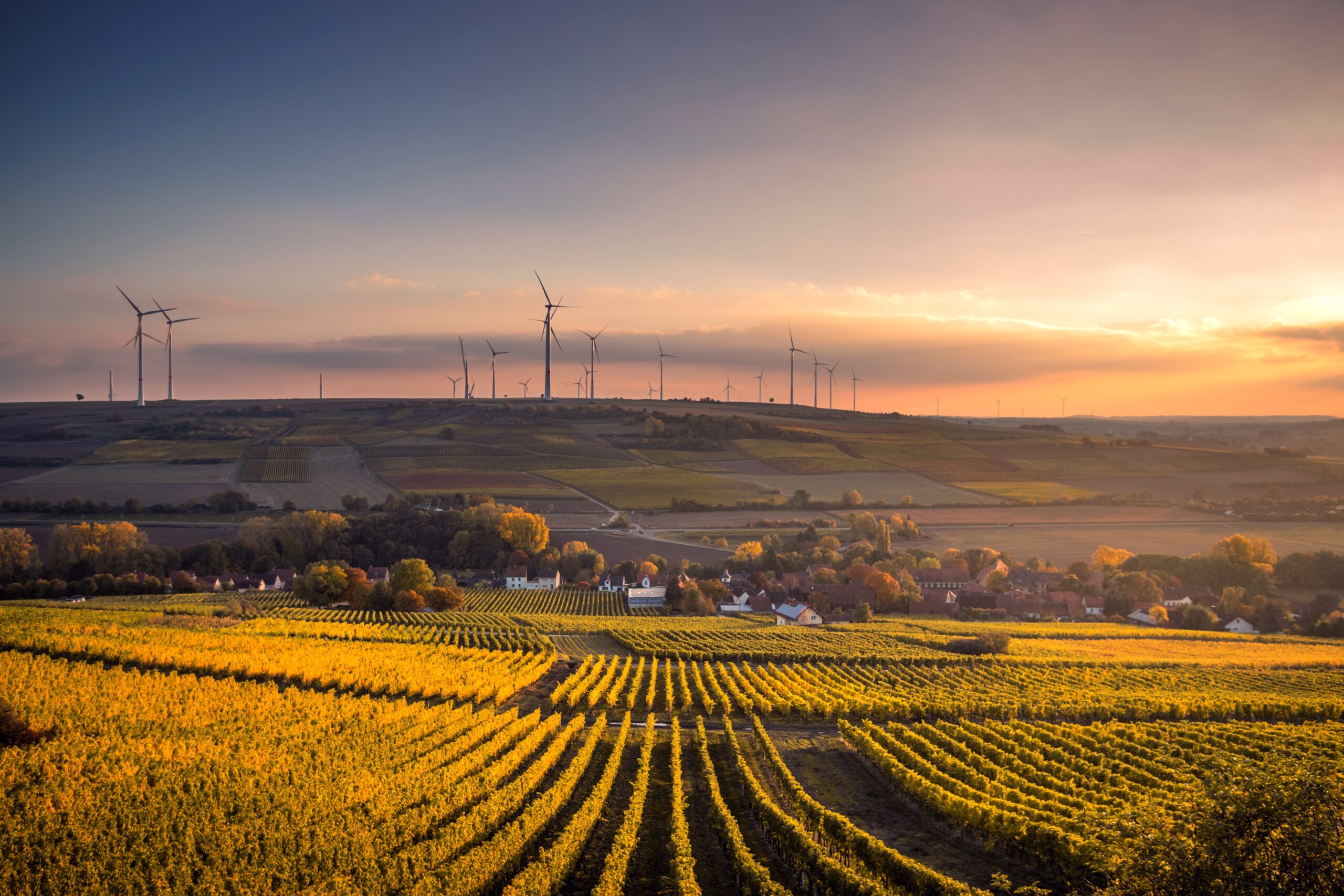Non-fungible tokens, NFTs, are finally making their way into the mainstream after achieving widespread adoption among the Web3 community. Despite the recent boom and bust of crypto and the accompanying spotlights from media outlets, digital influencers, public figures, and professional athletes have continued to jump on the bandwagon of NFT collections.
As a result, there remains an interest in NFTs as a prominent application of blockchain technology, which retains the speculative asset moniker. However, the first NFTs were simple: often 8-bit style pictures that could be considered novelties and may or may not “boom” in the future.
Yet that was just the beginning of the NFT evolution which may change the broader financial markets as we approach 2023. Dynamic NFTs (dNFTs) are pushing the boundaries of the design space that NFTs address through their ability to adapt and change, responding to external data and events.
This article gives a brief NFT overview and then explains how dNFTs can take the blockchain space to the next level by highlighting current and potential uses for dNFTs.
NFTs in Brief
NFTs are unique digital assets held, managed, and exchanged on one or more blockchains. “Non-fungible” means that every NFT is differentiated from every other NFT, having a one-for-one token ID and unique contract address. From there, data, such as images, video, or other metadata, can be attached to the NFT, meaning it’s possible to own an NFT representing a unique digital object.
The most common use case for an NFT has been digital art. An artist will mint a token representing a digital artwork, and a buyer can purchase the token giving them ownership. Once an NFT is minted, its token ID doesn’t change. In its most simple form, an NFT is a transferable token with a unique token ID.
The metadata ascribed to the NFT, including the image, description, and much more, is 100% optional. As a result, this primary (static) NFT model can provide various benefits for digital artists worldwide.
Before NFTs, digital artists could not stop or track the unauthorized distribution of their work because there was no method to distinguish the difference between digital files. Thus, no single authentic file could be “owned.” Now, digital creators can sell their art to fans and give them verifiable ownership.
Dynamic NFTs
Static NFTs are still the most common type of NFTs available and in circulation, used primarily for art projects and gaming collectibles, such as with NBA TopShot. But, beyond these uses, static NFTs provide a unique value proposition for digitizing real-world items like real estate deeds, patents, other intellectual property, and unique identifiers.
However, the static NFT model is limited by its permanence. Once the metadata is attached to the token and minted on the blockchain, it cannot be changed. The data may require frequent updating, such as with real-world assets, progression-based video games, or blockchain-based fantasy sports leagues.
A dNFT provides the best of both worlds, allowing the retention of a unique identifier while enabling an update to its metadata. In simple terms, a dNFT changes attributes based on external conditions.
dNFTs can be upgraded in several ways based on external conditions. The changes to a dynamic NFT are generally through metadata changes triggered by a linked smart contract. This is accomplished by encoding the automatic changes within the NFT’s smart contract, which instructs the underlying NFT on how and when the metadata should change.
Other dynamic elements beyond metadata changes are possible. For example, dynamic NFTs can be automatically minted when certain conditions are met, such as when a player finds a hidden spot in an augmented-reality game. dNFTs also include “hidden traits,” which are manifested through user interactions rather than within the NFT’s metadata. dNFTs are wholly customizable.
Use Cases of Dynamic NFTs
An NFT’s name is specified in its metadata. This is also where its traits are assigned, including any relevant file links. While its token ID provides a permanent identifier that verifies ownership, the metadata is the soul of the NFT. The metadata contains the elements that make the NFT useful.
Artistic projects using NFTs often have a variety of traits, some rarer than others. These traits are placed within the NFT’s metadata and a link to a corresponding image or video. And with a dNFT, these traits can change based on external conditions.
Progressive Gaming
This functionality benefits character progression, a core tenant of several blockchain game models. When a new player creates their playable, NFT-linked character, the character’s base-level statistics are reflected in the NFT’s metadata. However, as the player continues to level up, the metadata on their dNFT changes to reflect their progression, choices, and growing stats.
Real-World Assets
A second use case for shifting metadata is the tokenization of real-world assets. For example, a dNFT reflecting a property reflects its age, maintenance history, sales history, market value, and so on. A static NFT could only take a single snapshot of the property at one point in time.
Popular Examples of Today
Two prominent examples demonstrate to us the growing potential of dNFTs.
Regenerative Resources’ Short Film dNFTs
Regenerative Resources Co (RRC) is focused on transforming degraded coastal land into highly productive seawater landscapes. RRC has announced that it will launch five short films in dNFT form, designed by prominent artists.
The proceeds from the dNFTs will be used to grow 100 million mangroves within the space afforded by RRC’s current projects.
Each dNFT will have a short film in its metadata, starting with a single frame of the film. Every time the dNFT is bought and resold, more frames of each movie will be added to the respective metadata. This addition will continue until the dNFT holder can view the short film. The metadata will also include the “producers,” or those who buy limited-edition posters.
LaMelo Ball dNFTs
LaMelo Ball, a rising star of the NBA’s Charlotte Hornets, is one of the first professional athletes to create a pioneering dNFT linked to the Chainlink Sports Data Feeds oracle. According to Playground Studio, this dNFT is redefining player-fan relationships.
Before his NBA award of 2021’s Rookie of the Year, fans minted 8,070 dNFTs of four different tiers. However, eight dNFTs recorded the player’s stats, including points, rebounds, and assists.
Holders receive special access to raffles and specific perks based on Ball’s season and lifetime performance. One of the premium eight NFTs, the “Gold Evolve,” came with a promise from the player that if he won the Rookie of the Year title, it would reflect a new image. When Ball won, the NFT image changed.
These LaMelo Ball dNFTs are examples of how dNFTs can continuously change based on oracle-provided external data. With Ball’s dNFTs, the player’s stats are constantly updated on-chain, triggering updates, rewards, and more.
Closing Thoughts
NFTs are highly speculative assets, and dynamic NFTs have just started to appear. They’re more of a novelty for programmers and collectors, adding more functionality to the current generation of static NFTs containing mainly altered pictures or briefly shifting video.
However, dNFT’s underlying abilities have immense potential, especially when more oracles are added to blockchains, increasingly able to provide relevant and curated data. Furthermore, these oracles providing external data can effectively supercharge dNFTs as programmers learn to fuse changing data with NFTs. Mastering this foundation opens new doors for finance, insurance, real estate, gaming, investing, and more as we expand.
Disclaimer: The information provided in this article is solely the author’s opinion and not investment advice – it is provided for educational purposes only. By using this, you agree that the information does not constitute any investment or financial instructions. Do conduct your own research and reach out to financial advisors before making any investment decisions.
The author of this text, Jean Chalopin, is a global business leader with a background encompassing banking, biotech, and entertainment. Mr. Chalopin is Chairman of Deltec International Group, www.deltec.io.
The co-author of this text, Robin Trehan, has a bachelor’s degree in economics, a master’s in international business and finance, and an MBA in electronic business. Mr. Trehan is a Senior VP at Deltec International Group, www.deltec.io.








